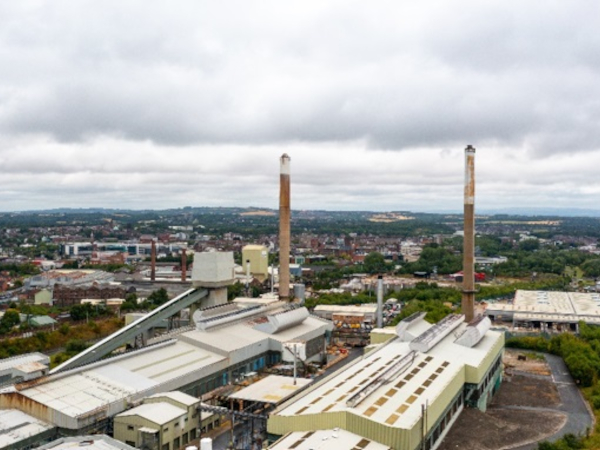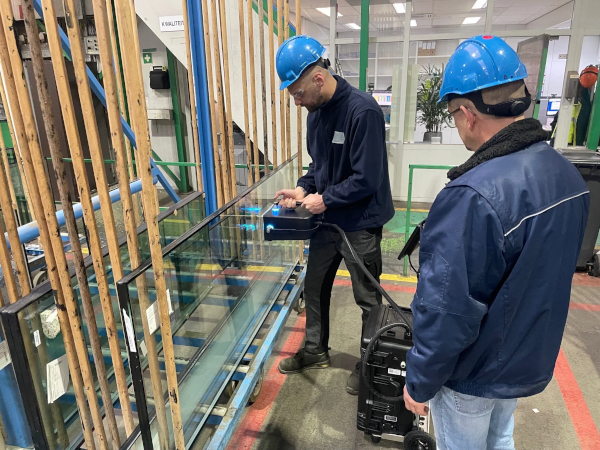Date: 17 July 2003
As chief executive of Pilkington, the world's number two glassmaker, he is custodian of a corporate heritage that stretches back to 1826 - but whose most recent history has been troubled and whose future is only now starting to look more secure.On the patio of the group's London office, a bow-fronted late Victorian mansion overlooking Green Park, a relaxed Mr Chambers is trying to be heard above the noise."They are building a dealing room next door and because you are not allowed to build upwards in these buildings they are having to do it underground. That means they'll need a roof with coated glass to control the sunlight." Will it be Pilkington glass? "That's the plan," he says with a smile.
The development should make a dazzling contrast with Pilkington's own Selwyn House. Though opulent in parts - it has a flat on the top floor where executives can stay over - it feels like care has been lavished only in important areas. Some of the windows are scratched ("in a building like this there are lots of regulations over the type of glass that must be used, and it would be too expensive to replace them").
Furnishings are spartan and the glass tables seem incongruous amid the more traditional décor. The potted bushes on the patio are beautifully shaped, but quite dead.
Mr Chambers is based elsewhere, in Pilkington's heartland of St Helens on Merseyside, so there are normally just four executives rattling about in Selwyn House. "We only lease it and, like every new chief executive, I did all the sums and it will cost us £200,000 more to be based somewhere else, even before buying ourselves out of the lease."
He seems embarrassed by the splendour, as well he might given the savage cost-cutting elsewhere in the organisation over the past few years. Pilkington has slashed its workforce from 39,000 in 1997 to 25,000 today. This giant restructuring is popularly identified as the project of Mr Chambers' predecessor, the charismatic Italian Paolo Scaroni whom he replaced in May 2002. But as head of the building products half of the group, Mr Chambers had plenty of slashing to implement himself.
"This was a company with a great past but perhaps no future. It was about survival. We lost the plot in the Eighties and early Nineties and got way out of line with our competitors. People we had licensed our technology to were running their plants better than we were, and that was unforgivable."
Pilkington had been founded as the St Helens Crown Glass Company in 1826 with one William Pilkington as a major investor, and it continued to be family-owned until flotation in 1970. Its recent launches of self-cleaning, energy-saving and fire-resistant glass are the latest in a corporate tradition of innovation of which Mr Chambers is visibly proud. In the Fifties, Sir Alastair Pilkington invented the float glass manufacturing process which creates smooth sheets by pouring molten glass on to molten tin and which has since become the industry standard. Mr Chambers has pictures from Pilkington's float glass factories on his London office wall - "it beats Monet," he says.
More on the source link.....







Add new comment